I'm trying to use DBUnit to test my repository service. I have this xml that show the expected result:
<?xml version="1.0" encoding="UTF-8"?>
<dataset>
<product id="1" description="Printer" price="75.0" />
</dataset>
id= String , description = String , price = double.
The problem is I'm used to json, not xml so I don't know how to format an attribute as type double.
I tried: price="75.0" , price=75.0 , price=75
I cannot cast it to double afterwards because I let DBUnit do the parsing:
IDataSet expectedDataset = new FlatXmlDataSetBuilder().build(expectedDataSetFile);
Currently, my assertion fails because of this problem, using the debugger I see the data is put in correctly.

